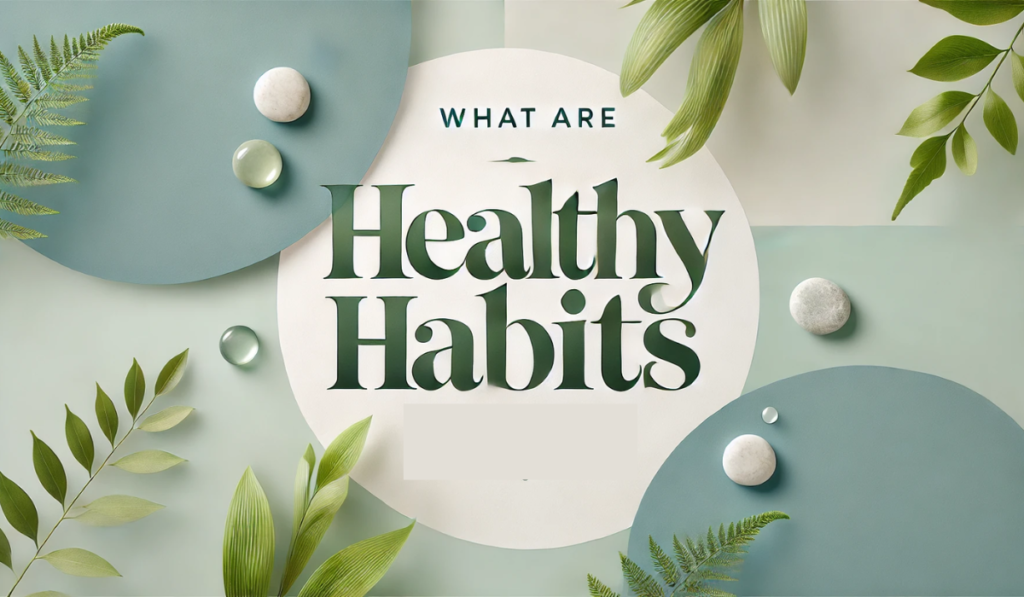Fasting – The Best Way of Internal Cleansing
➤ Introduction to Fasting
Fasting is the most powerful method of internal cleansing. It is simple, cost-free and one of the oldest and most effective natural therapies. Unlike expensive treatmentsor complicated medicines, fasting does not require anything external. It is nature’s own medicine free, accessible and completely reliable.
In naturopathy, fasting is considered the very first line of treatment. By avoiding food for a specific period, we allow our digestive system to rest. This rest enables the body to divert its energy toward repair, detoxification and healing. The result is improved vitality, stronger immunity and a natural sense of balance.
Sage Atreya, one of the ancient seers, highlighted the importance of fasting with his words: “Do more fasting.” His wisdom emphasized that giving the body rest from food is often the best cure. When we allow natural hunger to guide us, fasting becomes a tool for rejuvenation instead of suffering.
Think of fasting as spring cleaning for the body. Just as a house needs to be cleared of dust and waste, our body also needs to eliminate toxins. Fasting offers the perfect opportunity for this internal purification, restoring both energy and life force.
➤ Ancient Wisdom on Fasting
The wisdom of fasting is not new it has been practiced for thousands of years in Ayurveda and naturopathy. Ancient healers believed that when the stomach rests, the body heals. They recognized that overeating and poor digestion were the root causes of most diseases, while fasting was the simplest way to restore balance.
Sage Atreya’s guidance, “Do more fasting,” reflects the timeless truth that health is often found in eating less, not more. By eating consciously and resting the digestive system, we activate the body’s self-healing mechanism.
Even today, fasting is celebrated across cultures and religions as a way of detoxification, discipline and spiritual growth. Whether for health, clarity of mind or spiritual upliftment, the principle remains the same: fasting allows us to reconnect with our body’s natural rhythm.
➤ Difference Between Fasting and Starvation
One of the most common misconceptions is confusing fasting with starvation. Though they may appear similar, they are completely different in purpose, effect and outcome.
- Beginning and End – Fasting begins when we voluntarily stop eating substandard or heavy food and ends when real hunger returns. Starvation, on the other hand, begins with real hunger and continues until it leads to death.
- Effect on Tissues – Fasting removes toxins and strengthens body tissues, giving new life and energy. Starvation weakens tissues, damages organs and drains life force.
- Healing vs. Harm – Fasting is beneficial, curative, life-giving and energizing. Starvation is harmful, destructive and life-threatening.
- Role of Hunger – Fasting is done when the body does not require food, while starvation occurs when food is denied even when the body truly needs it.
- Disease vs. Decay – Fasting kills disease and eliminates waste. Starvation kills the body itself.
- The Transition Point – Where fasting ends, starvation begins. It is important to fast wisely and stop as soon as natural hunger returns.
In short, fasting is a healing process, while starvation is a destructive process. Fasting saves life, starvation destroys it.
➤ Healing Through Fasting
Fasting has been proven effective in both acute and chronic diseases. By giving the digestive system rest, the body channels its energy into healing and eliminating toxins.
1. Fasting for Acute Diseases
Acute diseases such as cold, cough, fever, stomach pain and headaches often respond quickly to short fasting. A brief period of fasting with juices and light fluids allows the body to fight infection naturally.
During such fasting, one does not completely avoid food but shifts to fruit juices, vegetable juices or lemon water. An enema can also be used to cleanse the bowels. As recovery begins, food should be reintroduced gradually. First fruits, then boiled vegetables and eventually light cooked meals.
This gentle approach gives the body enough rest to heal while ensuring nutrition is slowly restored.
2. Fasting for Chronic Diseases
For chronic conditions like asthma, skin disorders, cancer, piles, arthritis, obesity, constipation and kidney stones, long fasting may be necessary. However, this should always be done under expert guidance, as the body of a chronically ill person has less vitality.
The process usually involves a step-by-step transition:
- Begin with alkaline foods.
- Eliminate cereals, fruits, and leafy vegetables gradually.
- Shift to boiled vegetables.
- Move to juice-based diet.
- Transition into water fasting.
- Support with naturopathic therapies like enema, sun bath and air bath.
Once healing begins, the patient should slowly return to solid food in reverse order. Starting from juices to fruits, then vegetables and finally cooked meals. This ensures the body regains strength without burdening the digestive system.
➤ Step-by-Step Naturopathic Fasting Process
Naturopathy recommends a scientific approach to fasting rather than jumping into it suddenly. The process is gradual, ensuring the body adapts smoothly.
- Start with alkaline food – Replace heavy meals with alkaline-rich vegetables, sprouts and juices.
- Gradually eliminate cereals and fruits – Reduce heavy foods to lighten the digestive load.
- Switch to leafy vegetables – Keep the diet plant-based and easy to digest.
- Transition into juices and water – Shift to fruit juices, vegetable juices and eventually water.
- Add supportive therapies – Use enemas to cleanse the intestines, sun baths to boost vitamin D and circulation and air baths to refresh the body.
- Return to solid food slowly – After fasting, reverse the process: start with juices, then fruits, followed by vegetables, and finally cooked meals.
This step-by-step method ensures detoxification without shocking the body. It cleanses the system deeply, restores vitality and strengthens immunity.
➤ FAQs on Fasting
Q.1. What makes fasting different from starvation?
Fasting begins when food is avoided voluntarily and ends when real hunger returns. Starvation begins when the body truly needs food but does not receive it.
Q.2. Can fasting cure diseases?
Yes, fasting supports the body’s natural healing process. It can help in both acute and chronic illnesses by eliminating toxins and boosting vitality.
Q.3. How should one safely break a fast?
Always break a fast gradually, start with fruit juices, then fresh fruits, boiled vegetables and finally light cooked meals.
Q.4. Is fasting suitable for everyone?
Fasting can benefit most people, but those with chronic illnesses or very low vitality should do it under expert guidance.
Q.5. How does fasting purify the body?
Fasting allows the digestive system to rest, redirecting energy to detoxify tissues, remove toxins and restore balance in the body.
➤ Conclusion
Fasting is one of the greatest natural therapies for cleansing the body and restoring health. It is simple, cost-free and highly effective when practiced correctly. Unlike starvation, which weakens and destroys the body, fasting rejuvenates, heals and strengthens.
Whether for acute illnesses like fever and headaches or chronic conditions like asthma and arthritis, fasting offers a natural path to recovery. By combining it with naturopathic practices such as enema, sun baths and air baths, the healing effect becomes even more powerful.
In essence, fasting is life-giving, while starvation is life-taking. The key lies in practicing fasting with awareness, listening to the body and breaking the fast at the right time.



